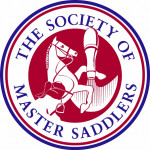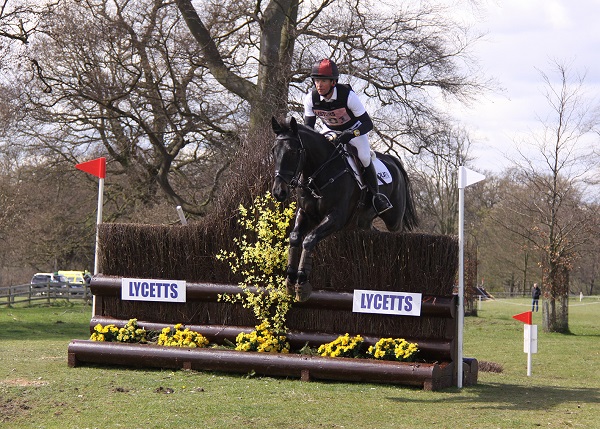Posted: 4th March 2020 | Back to news feed

With the eventing season just around the corner the team at the Society of Master Saddlers offer advice on saddles to suit riders and horses in this exciting sport.
Do you dream of riding at one of the major three-day-events on the sporting calendar or galloping round your local Pony Club one-day-event?

In either situation having the very best saddlery for each discipline will certainly assist in your endeavours whether producing a talented novice horse for the future or riding an established star looking to get placed in the line-up.
Here the Society of Master Saddlers discusses various options when it comes to buying saddles for your chosen sport.
It has to be said that Eventing can be more expensive than other disciplines in relation to tack and equipment because, ideally, most riders would prefer to have specialist saddles and bridles for each phase.
This initial investment may be beyond the means of riders starting out at unaffiliated level or the lower stages of affiliated level with most having to compromise and make do with one saddle in the initial stages, then as rider’s progress, extend their range of saddles further.
The Society of Master Saddlers recommends riders never to compromise by buying inferior ‘cheap’ saddles that may involve poor quality materials and low standards of craftsmanship that could impact on welfare, safety, comfort and performance. If the budget doesn’t allow purchase of good quality new saddles, better by far to consider buying a good quality second-hand one.
A rider whose budget extends to two specialist saddles will probably opt for a dressage saddle and a jumping saddle. It is with the jumping saddle where some decisions need to be made because the saddle that will best assist the rider in the show jumping phase may not beabsolutely identical to the one that would be most helpful across country.
Because they afford the rider manoeuvrability, close contact saddles are by far the most popular with the show jumping fraternity! The cross country rider also needs ‘space’ in order to adapt their position if something goes slightly wrong. Because of the diversity of the fences, the rider also adapts his position far more across country than in the show jumping arena. Riding across country, most riders prefer a saddle that incorporates some form of knee roll that adds to their security – and it is also important to consider the shape of the saddle if the rider intends adding an overgirth.
Riders starting to event at riding or pony club level will usually choose to use their existing saddle probably a GP of some type. ‘GP’, ‘Event’ and ‘All-purpose’ are among the names manufacturers give to saddles designed to cope with more than one discipline. In recent years, a lot of research and development, often working with elite riders, has gone into the design of such saddles. However, they all involve compromise because no one saddle can perfectly fulfil the needs of two different disciplines.
The very diversity of today’s ranges of saddles indicates the importance of seeking advice from a Qualified Saddle Fitter.
Use the services of a Society of Master Saddlers’ qualified saddle fitter to undertake fitting checks regularly.Always have a new saddle fitted and recognise that it is at least equally importance to have a second-hand saddle fitted. SMS saddle fitters have a comprehensive knowledge of saddle brands and designs. They are aware of the rules and regulations applicable to tack and equipment used in all the equestrian disciplines and sports, and offer advice and professional services.
Information about the Society of Master Saddlers can be found on the website: www.mastersaddlers.co.uk or telephone 01449 711642.
The Equestrian Index newsfeed is compiled from articles submitted by advertising members and expresses the opinions of those members. Watsons Directories Ltd shall not be held liable for any inaccuracies or mis-statements therein.